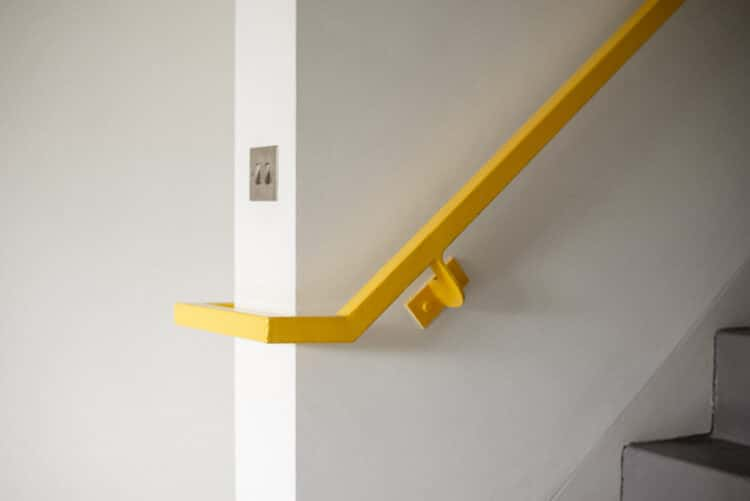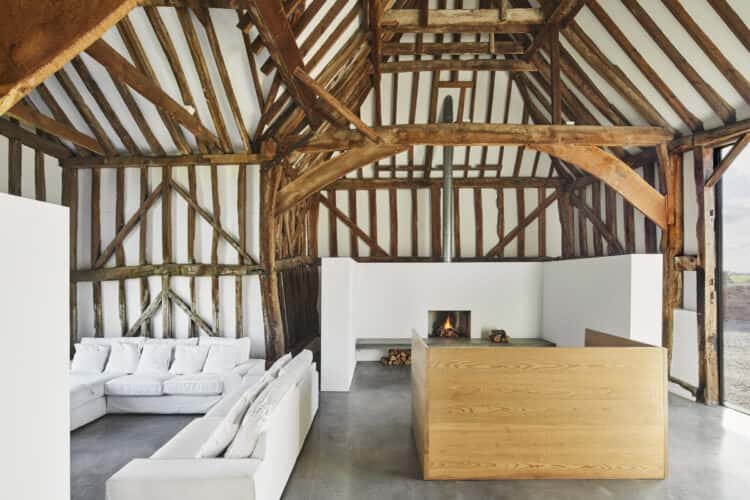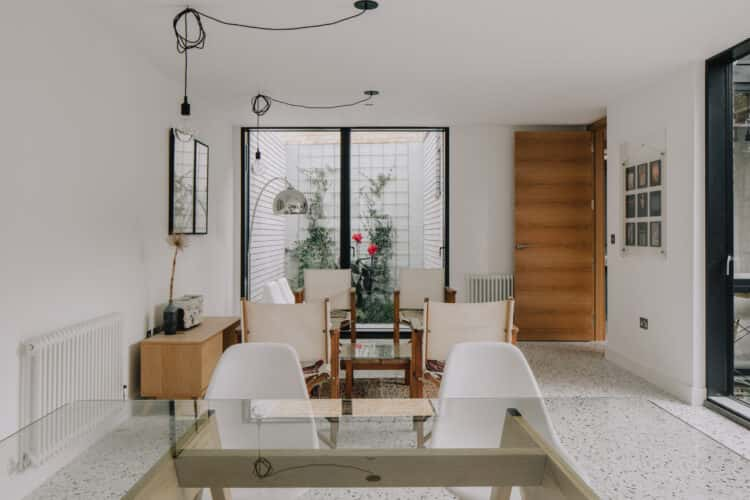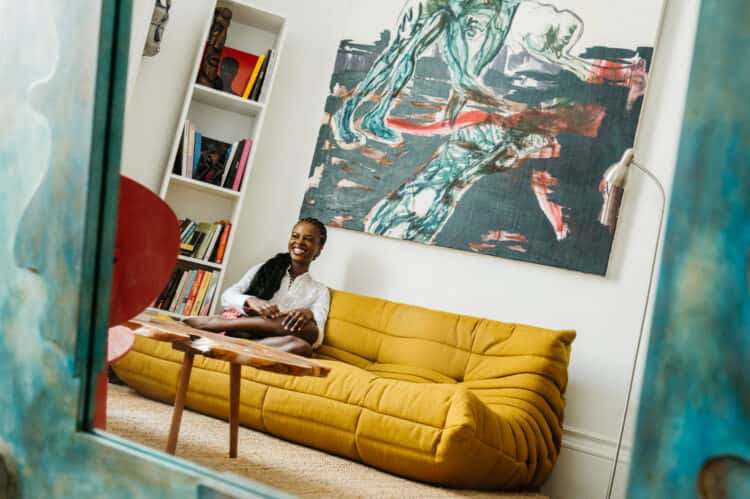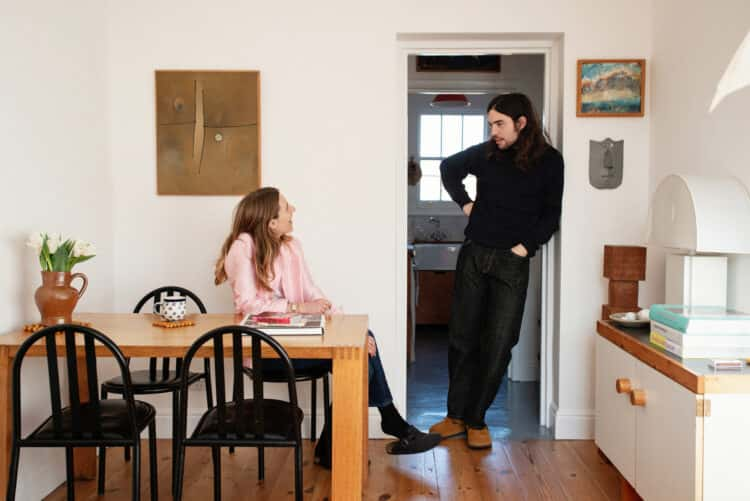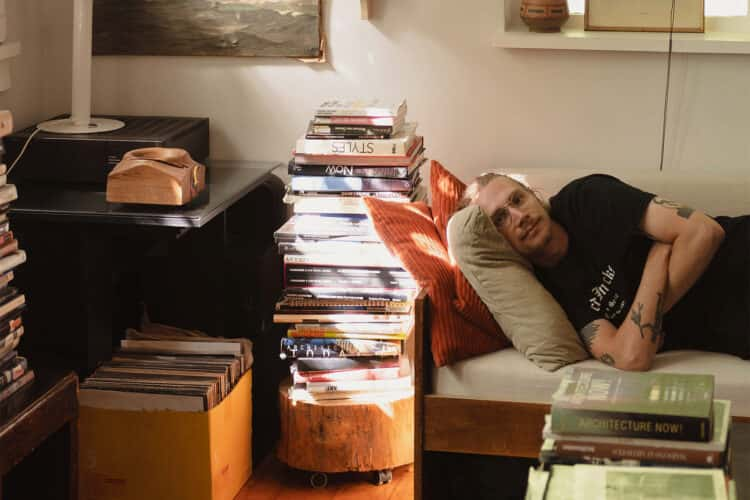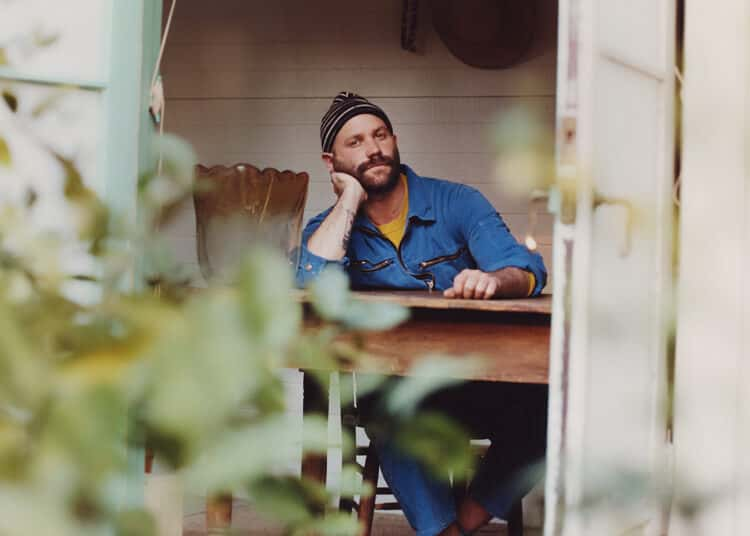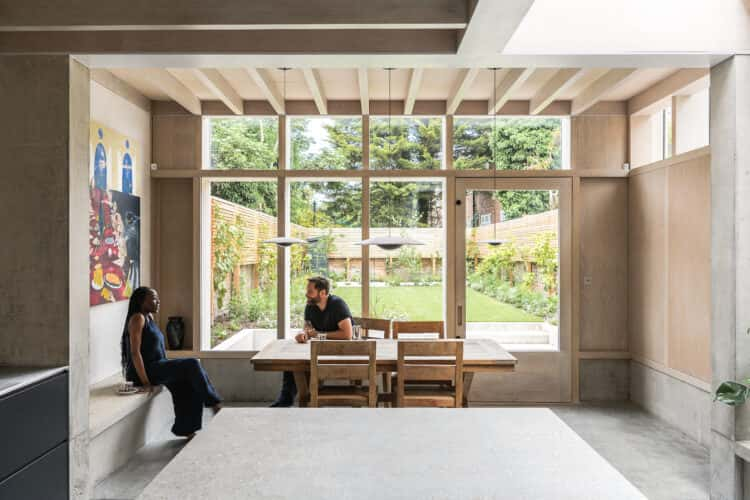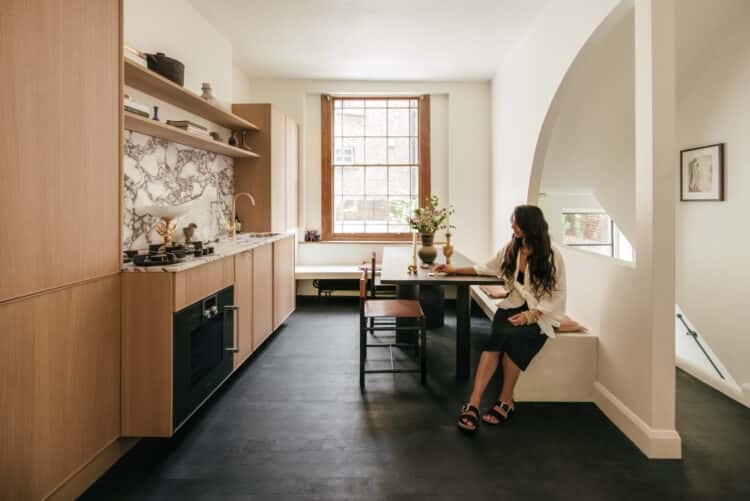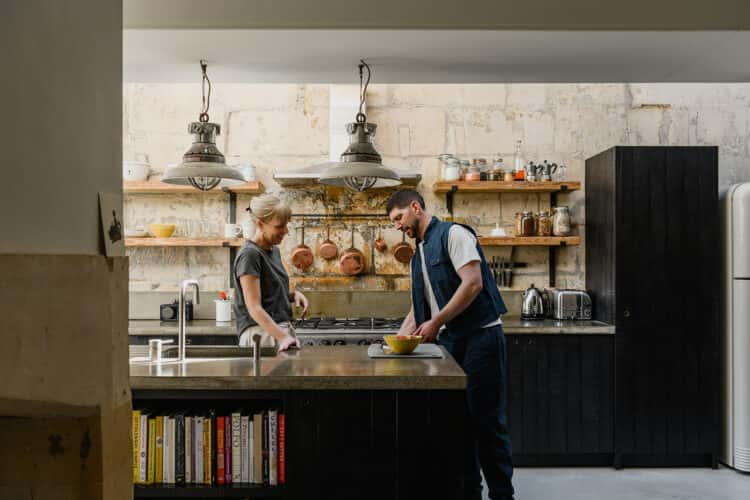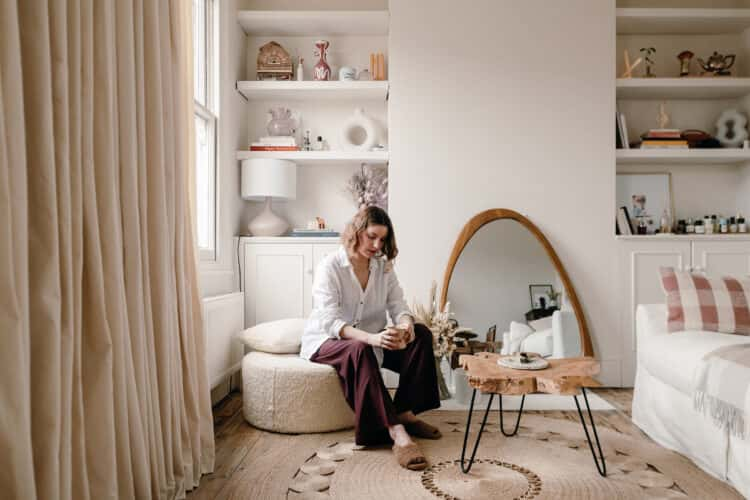House Style with David McKendrick: Barbican life at its best
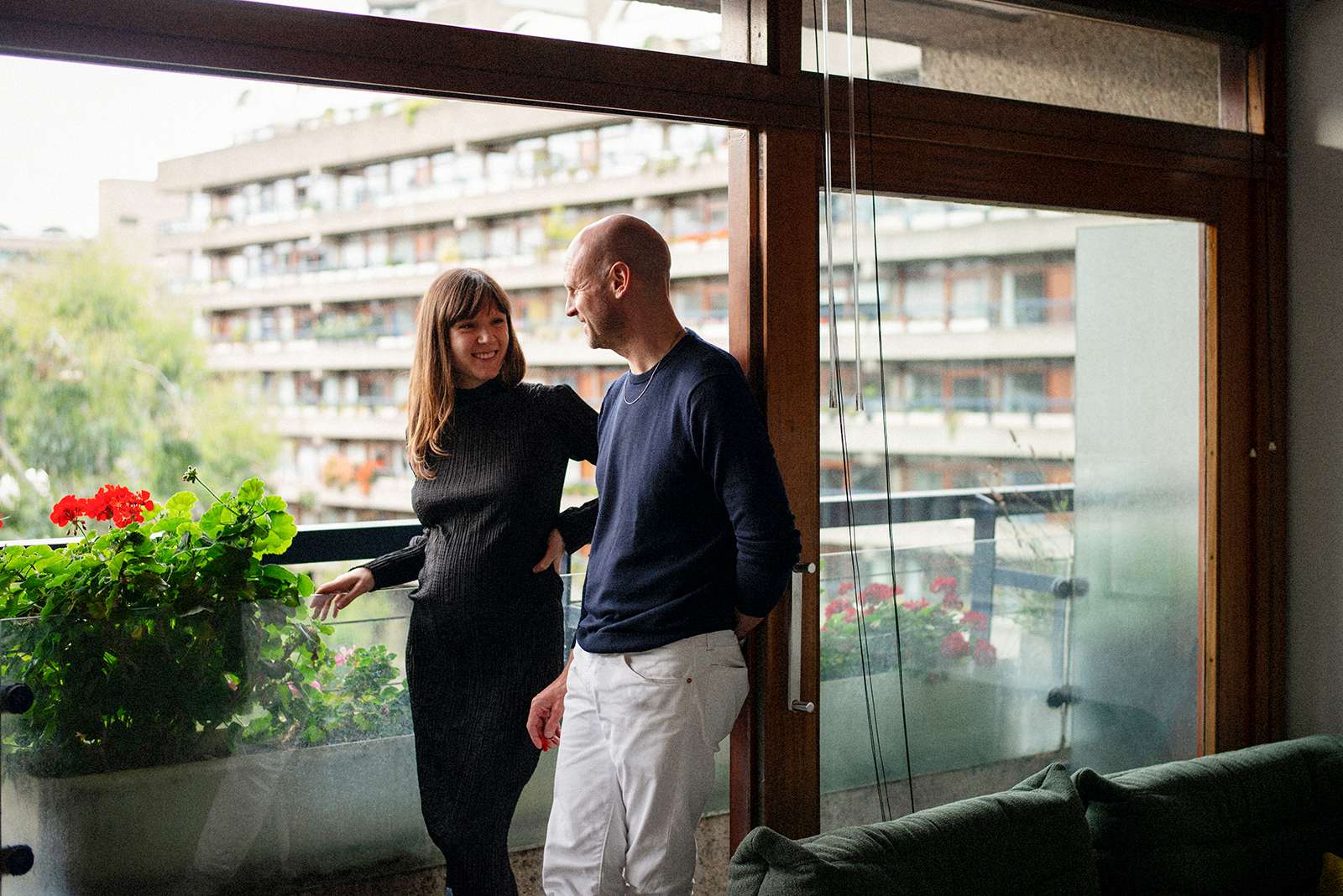
Today David is something of a Barbian veteran, having lived here on and off for 15 years. But his lengthy stint has done little to dull the shine of life in one of London’s most beloved estates. “It’s such a privilege to live somewhere that’s been so well thought through,” he says. “It has a special place in history.” Congratulating us on finding the flat within the multi-level labyrinth of a building, David shows us around and shares his House Style.
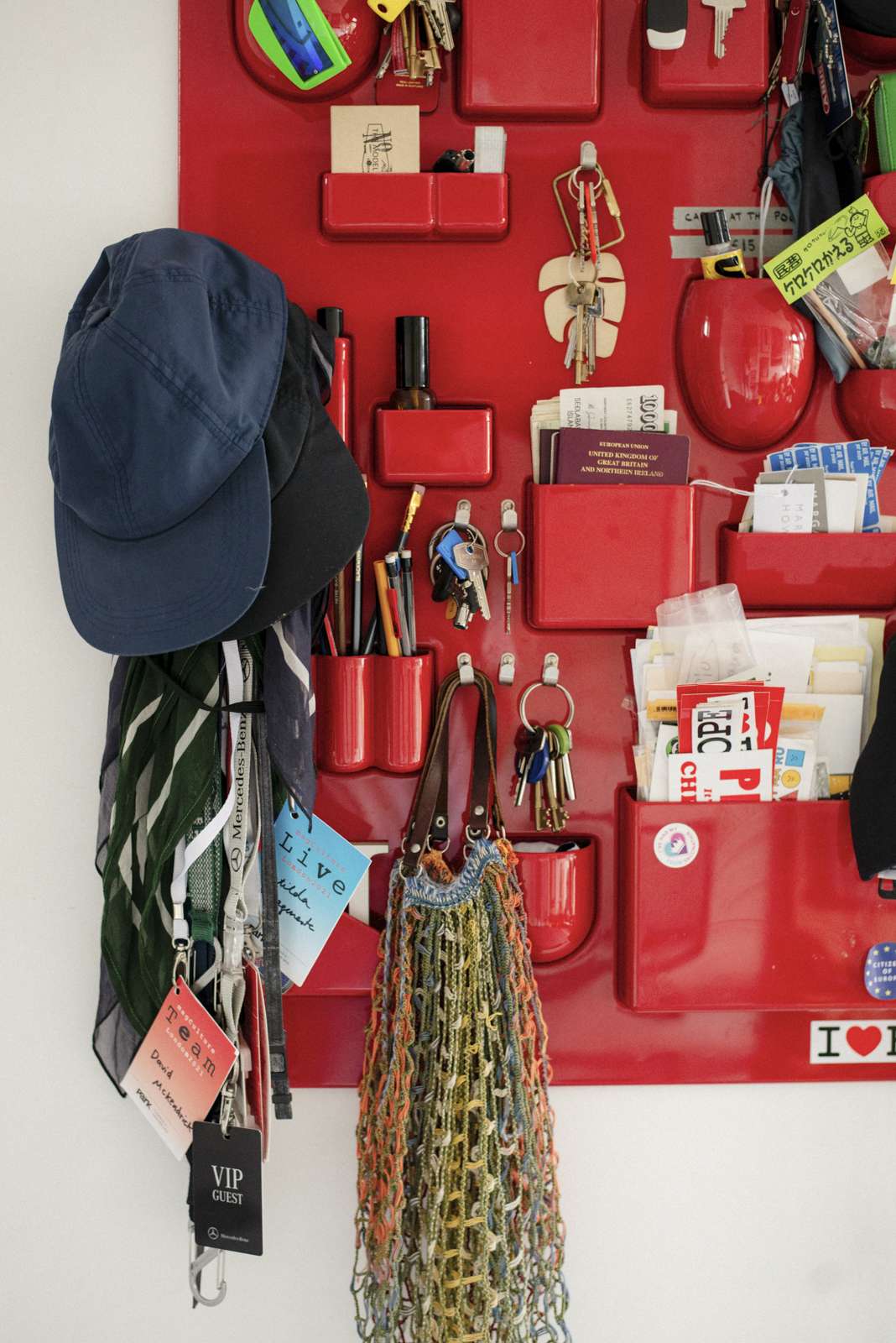
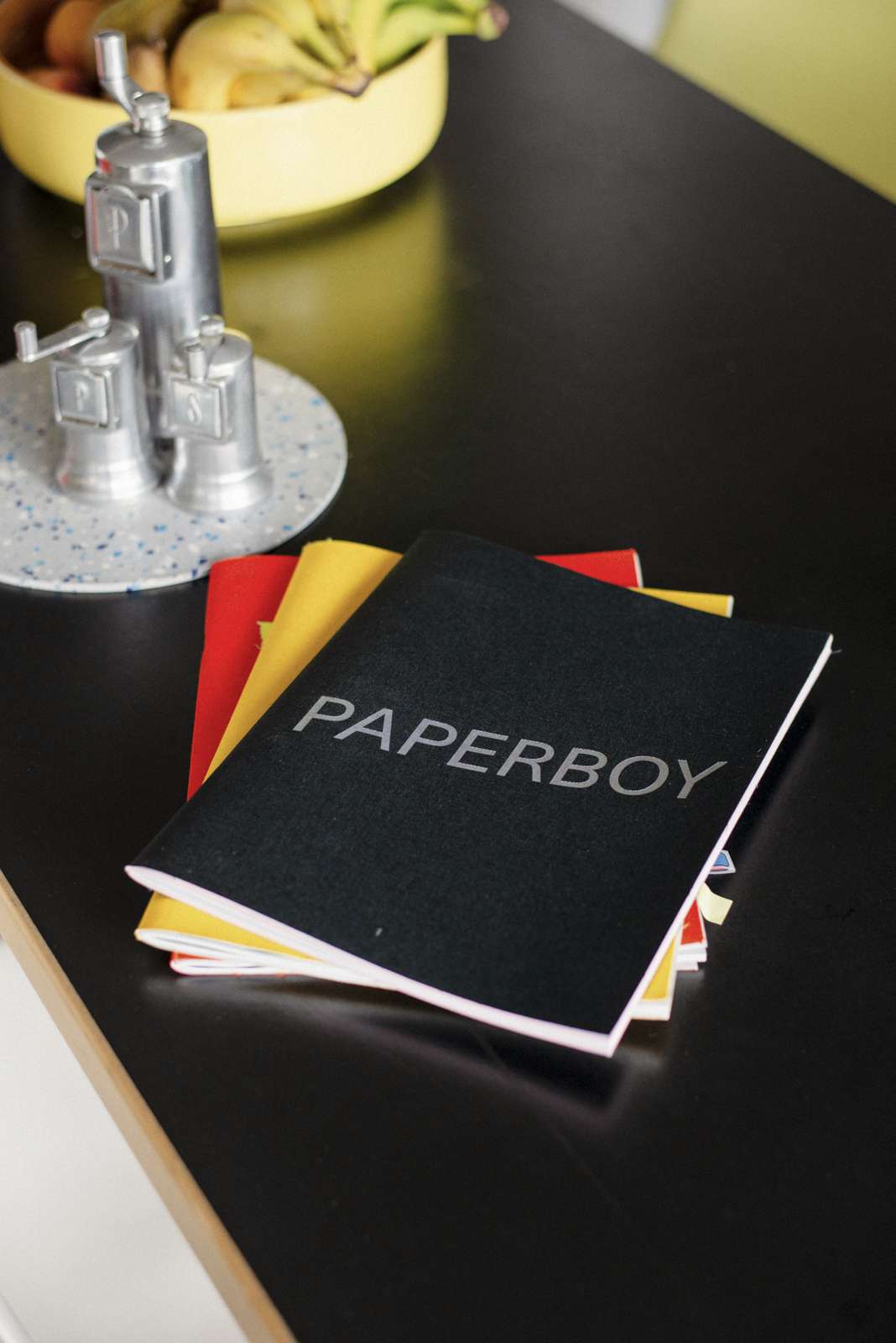
How would you describe the interiors of your home?
First and foremost, they’re about function.
My girlfriend, Matilda de Lageneste, and I live here, we work here and we often have friends over, so it’s got to perform. But I’m an art director, so I’m a very visual person. I’d be lying if I said I didn’t care about aesthetics. Everything we buy for the flat has been considered – whether it’s the coffee grinder or a toaster. But I’m not particularly snobby about stuff; we’ve got Vitsoe shelving, a fruit bowl from Habitat and chopping boards from Arket. What’s important is that things are well made.
I also like having a real mix of art on the wall, such as graphic pieces, etchings and photography. If I had more space, I’d just keep buying.
You’re happiest at home when…
The windows are open.
It feels like there’s hardly a differentiation between outside and in.
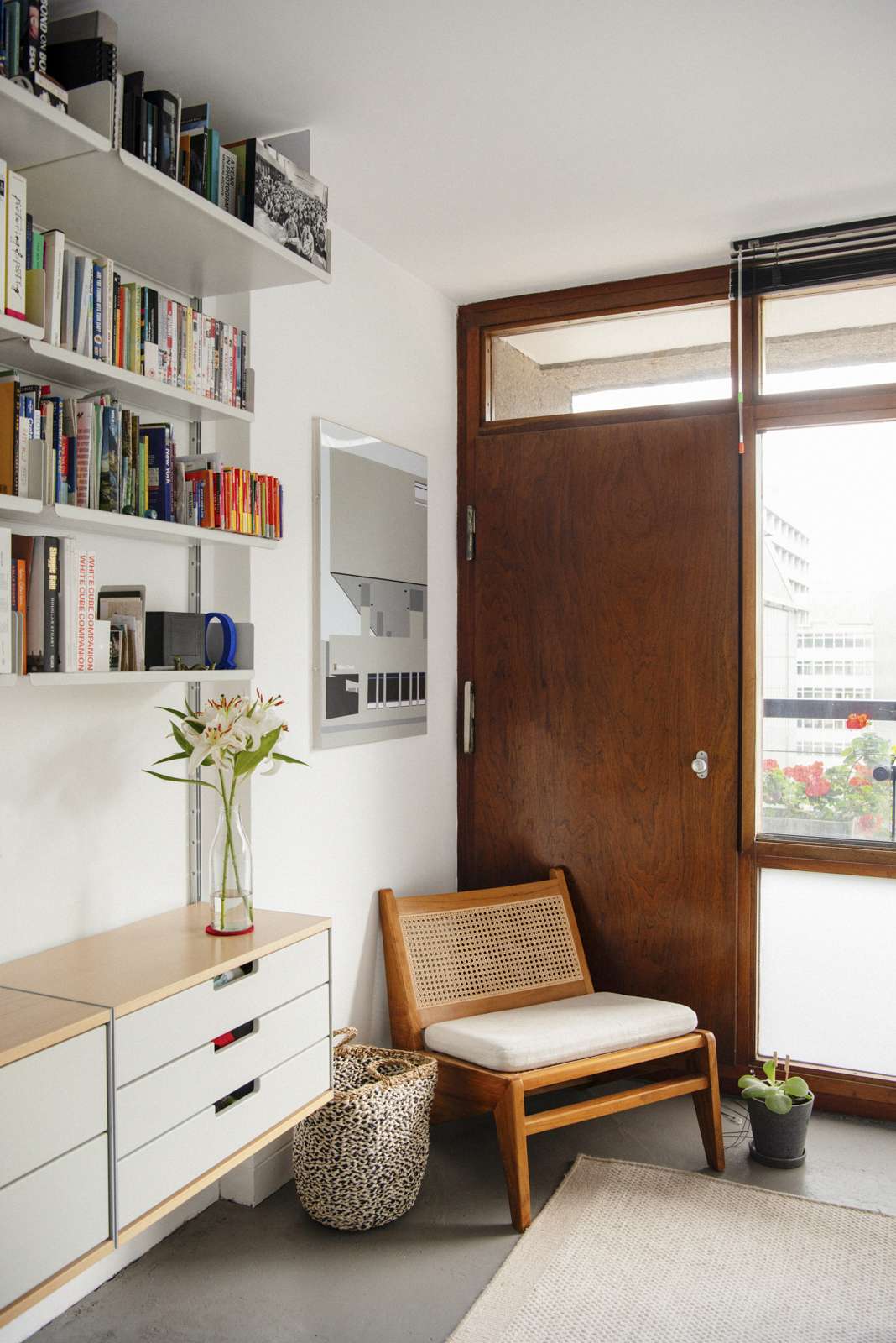
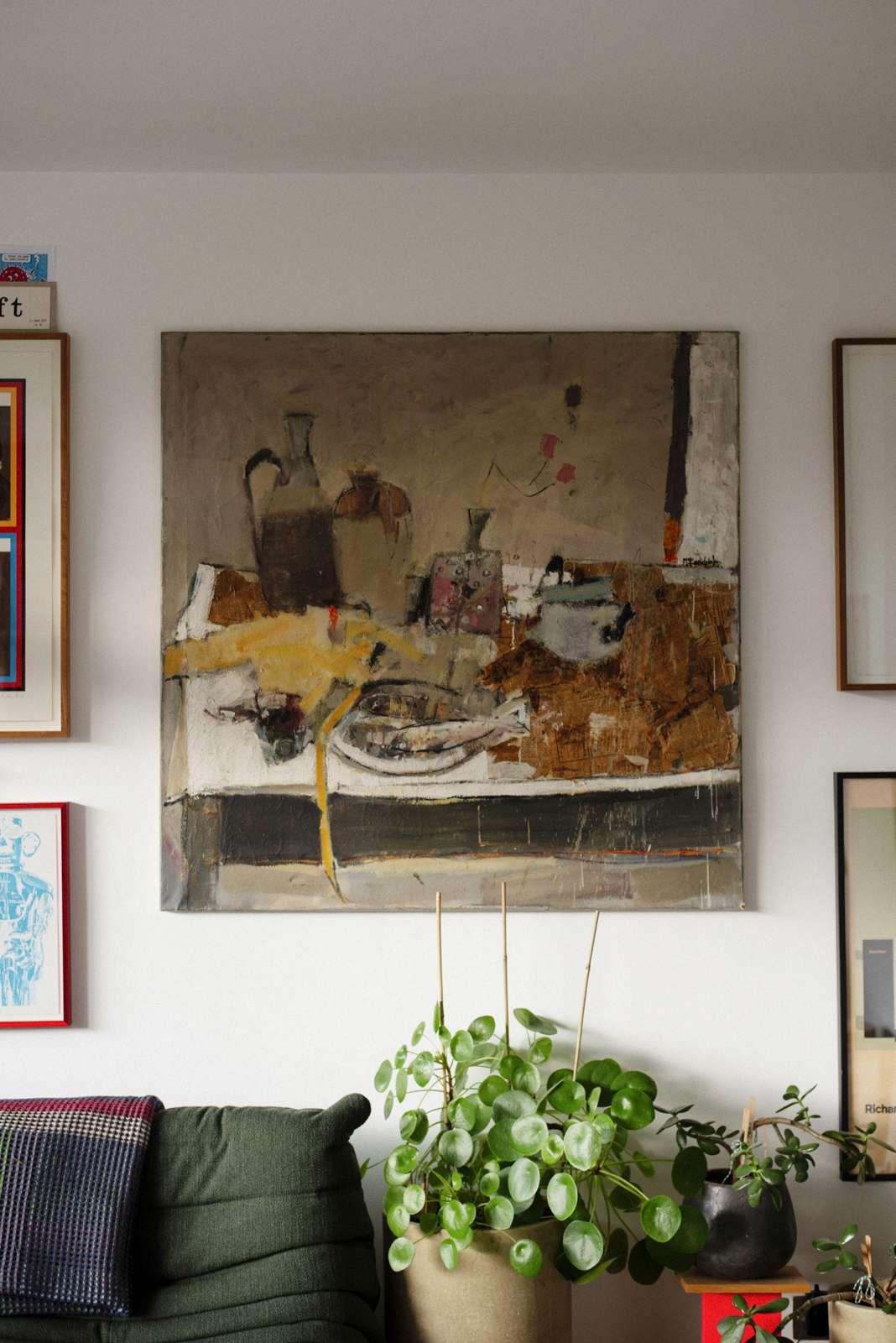
If you could save one thing, what would it be?
After saving my pregnant girlfriend, I’d run back in to rescue a still-life painting by my dad.
I grew up in a town called Clydebank on the edge of Glasgow and my dad worked in the shipbuilding yards before deciding to take a different direction in life by going to art school. It was tough as my parents already had three kids, but he painted all the time and produced a big body of work.
This particular piece is etched into my earliest memories – it would have been on the wall when I was first starting to see. There’s a real modernity to it, even though it’s now 45 years old. It’s important to me to have part of my family home here; the ceramics in the picture are still in my parent’s house today. It’s got a place in my heart – and it will always have a place on my wall.
What was the last thing that you bought for the house?
A red Rowlett toaster.
We were using the grill of our 50-year-old oven before and I suddenly realised why our electricity bill had gone through the roof. Each round was probably costing me about eight quid. I really like the industrial feel of the Rowlett – it reminds me of the ones you find in hotels. I was after a two-slice model, but I don’t think there are many around anymore. Thankfully, the four-slice has been a jolly good decision.
What is your favourite living space around the world?
A hut my dad built in Scotland.
After World War I, a farmer donated a piece of land outside Glasgow to soldiers who came back with what they then called shellshock. They created a community of huts, surrounded by hills in the middle of nowhere. My dad would spend summers there as a child. It was off-grid before off-grid was a thing. Rather nostalgically, he built a hut up there for his own children and grandchildren after he retired. It might rain 363 days of the year, but it’s really special.
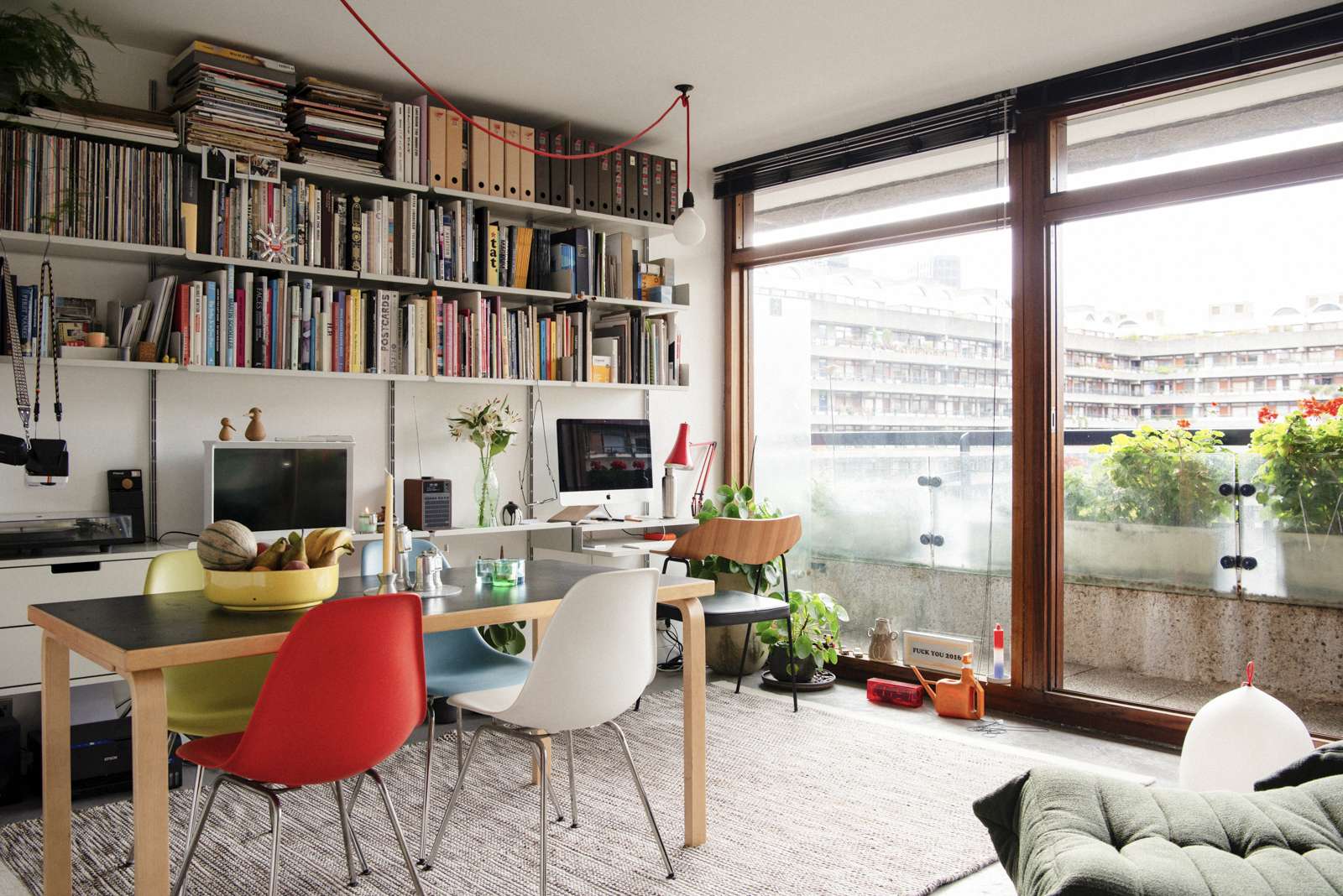
Top three coffee table books?
Modernist Estates by my good friend Stefi Orazi, which began as a blog many years ago; Ray’s a Laugh by Richard Billingham; and my magazine Paperboy.
When I first moved to London, my boss at the time bought me Ray’s a Laugh. Richard Billingham would take pictures of his family in their home and it was quite a sad state of affairs. It’s a heartbreaking book, but it’s precious to me. I met him years later and got him to sign my copy.
I run a magazine called Paperboy, which is only about good news. I had some time on my hands during lockdown and thought I’d do something useful with it. I know a lot of good writers, photographers and illustrators and went back to my old school, as well as to the universities where I’d been teaching to find some students contributors – lots of whom hadn’t been able to do their art-school degree show. We’re making the fourth issue now. It’s a real labour of love.
If money was no object, what changes would you make?
I would buy next door and knock down the walls to make a bigger apartment – although I might be stopped.
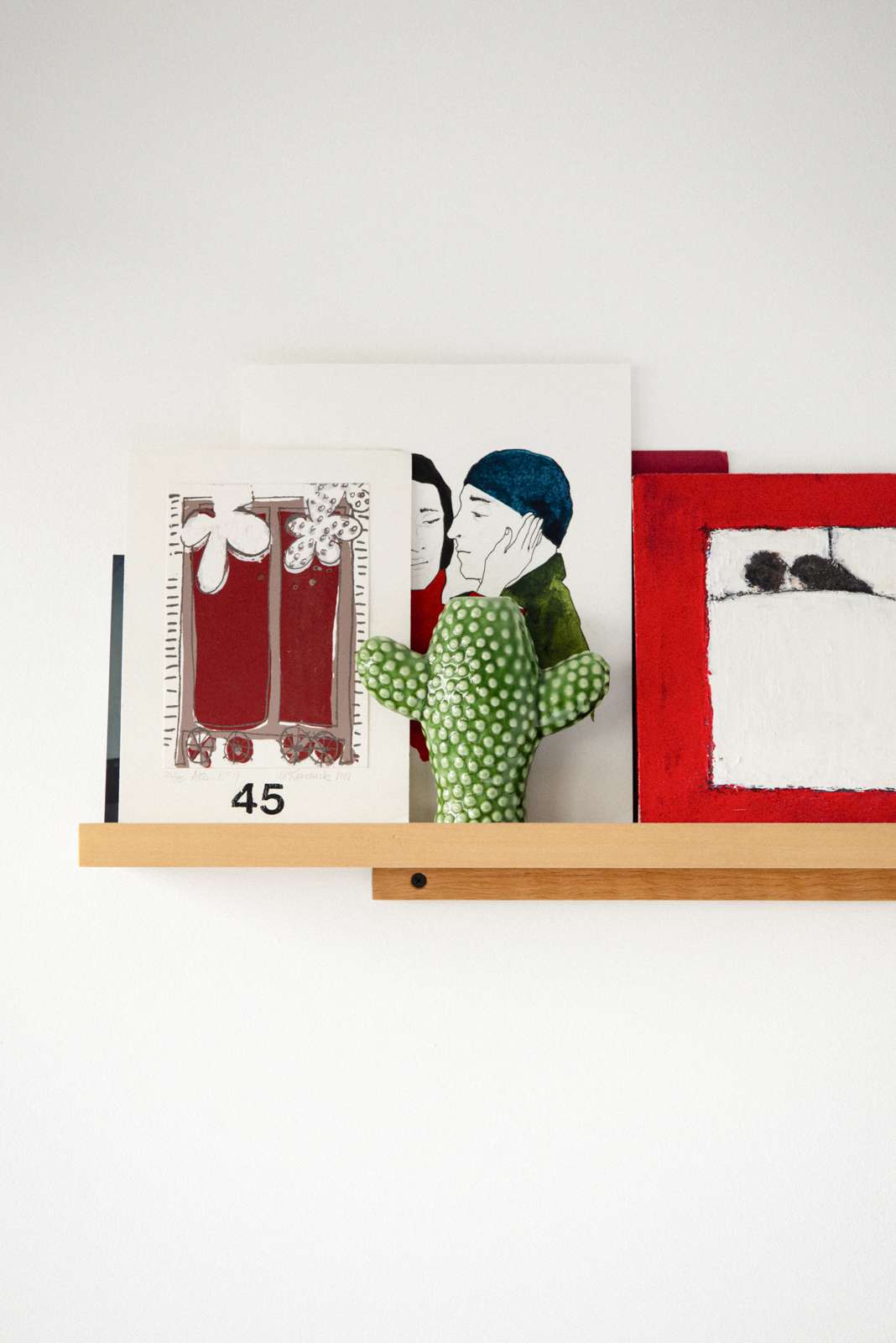
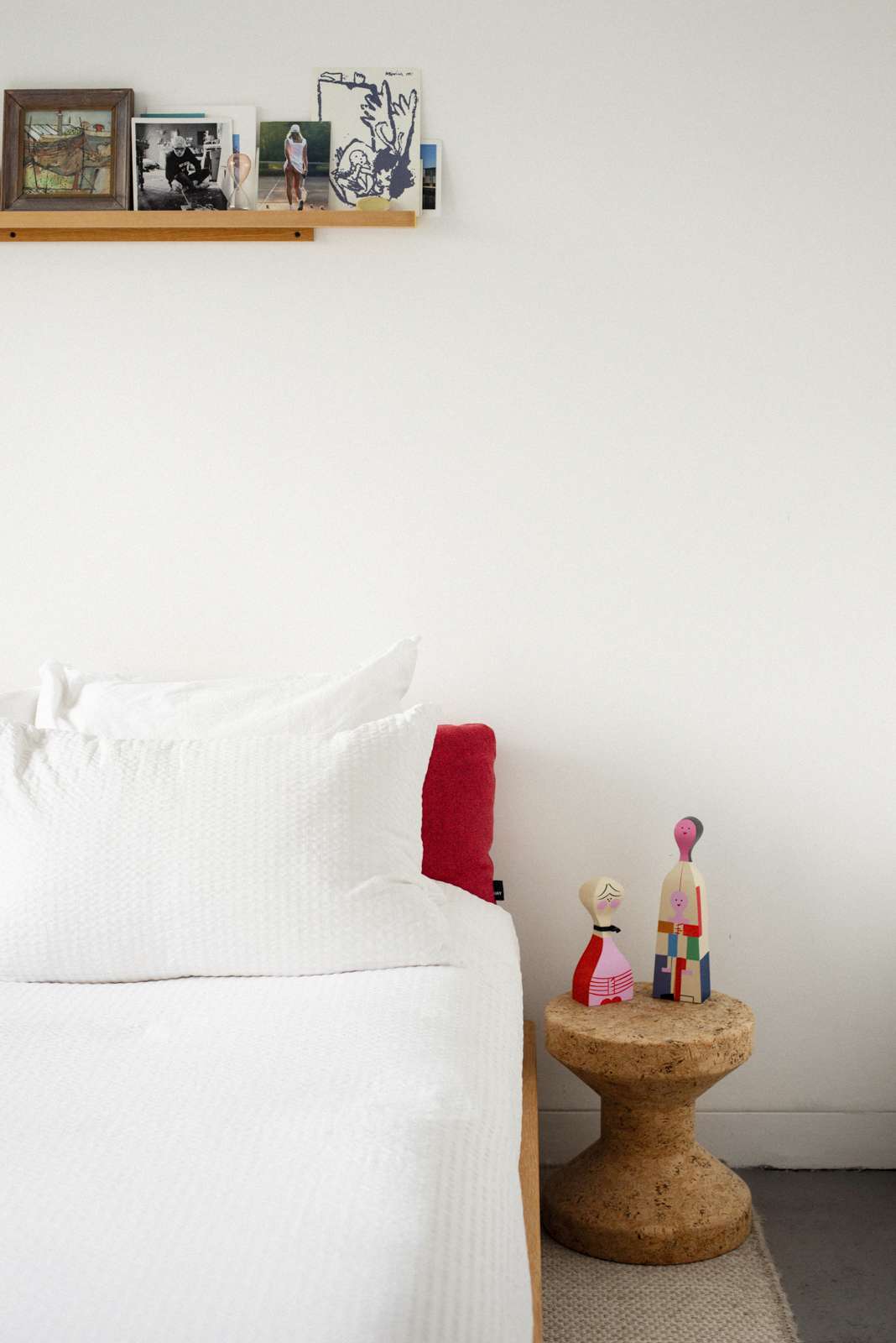
You’re having people over for dinner: what do you cook?
Steak and chips. I’ve perfected it.
The serving hatch makes the kitchen feel like a really sociable space. It’s a bit like being a DJ – you can still enjoy the party while you’re rustling something up. I do get a wee bit nervous when hosting.
The kitchen here is original. It feels a bit like one you might find on a boat. The Barbican has something called the salvage unit, where all the old bits from refurbishments get stored. If you need a new cupboard door or knob for your cooker, you can pop down there and they’ll give you one free of charge.
What does Sunday here look like?
We always put Columbo on.
It’s a real ritual, but we don’t pay much attention, because we know all the episodes. It’s like having Radio 4 on in the background – pure comfort.
What are the best things about the neighbourhood?
There’s an almost old-fashioned sense of community here.
White Cross Street has really good coffee shops and a food market, as well as a barber’s. On the other side of the estate there’s a launderette, where I’ve formed lots of intergenerational friendships. The manager, Pam, became my pal and I now run an Instagram account documenting all her beautiful handwritten signs. I also met an older neighbour there, who we ended up looking after during lockdown. She’s passed now, but she became our best friend.
At weekends the area is really quiet, because it’s in the middle of the City. The architecture is the big draw, but the Barbican also has got four cinema screens and an art gallery that’s so close, it almost feels acceptable to walk down in slippers – though I’m yet to see anybody down there in a dressing gown.
